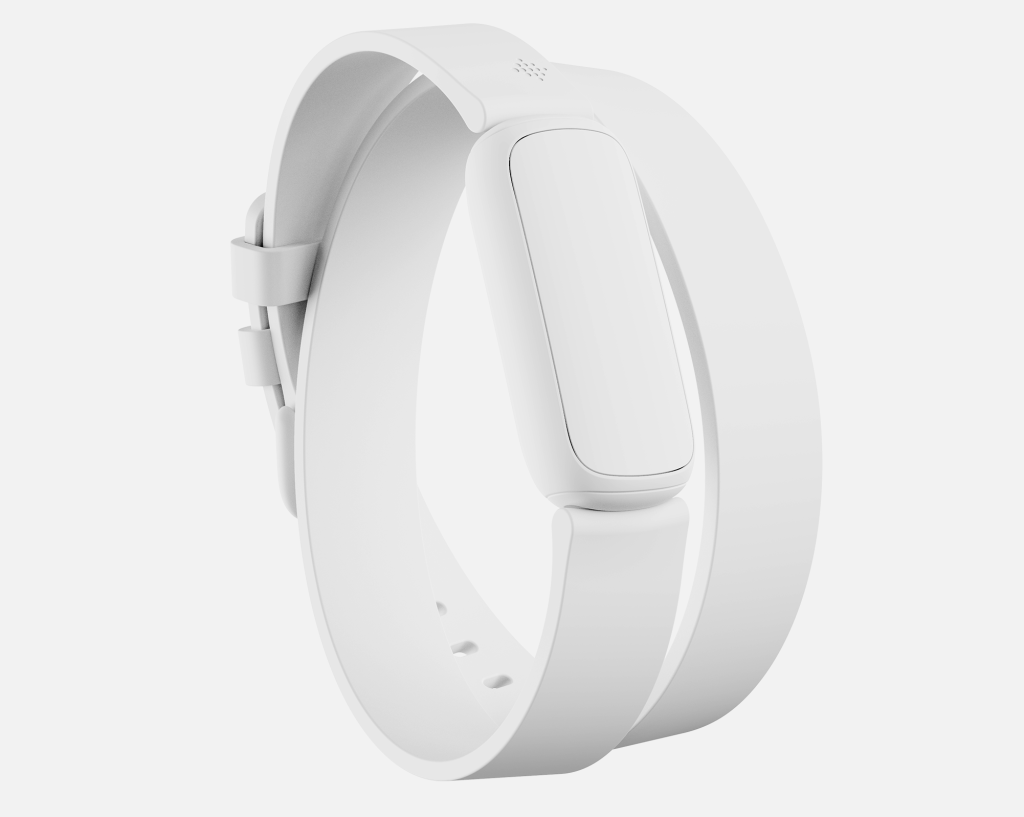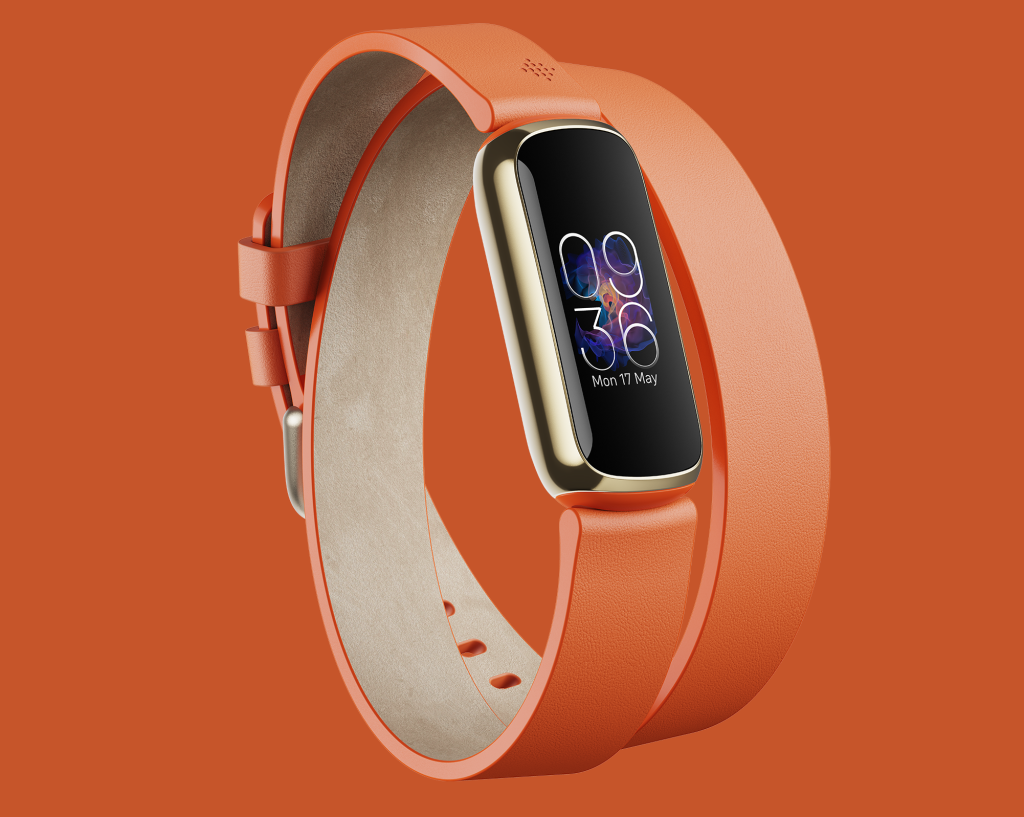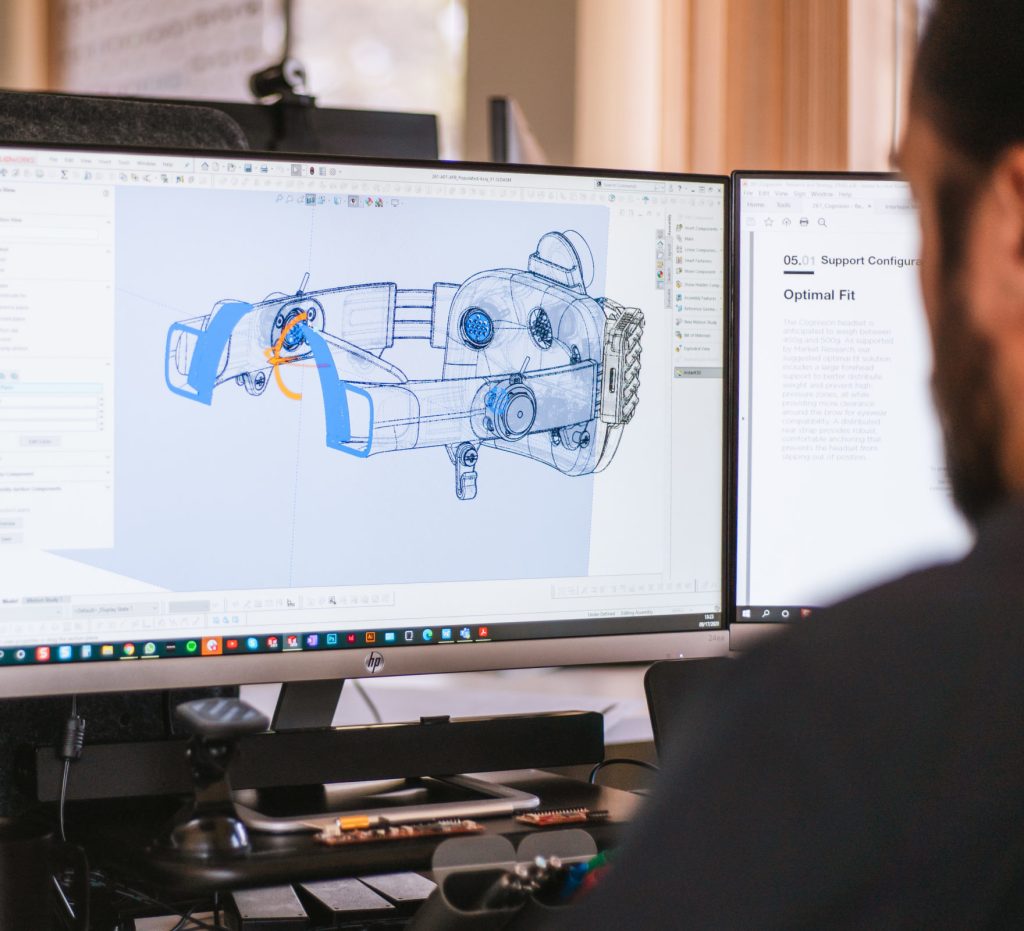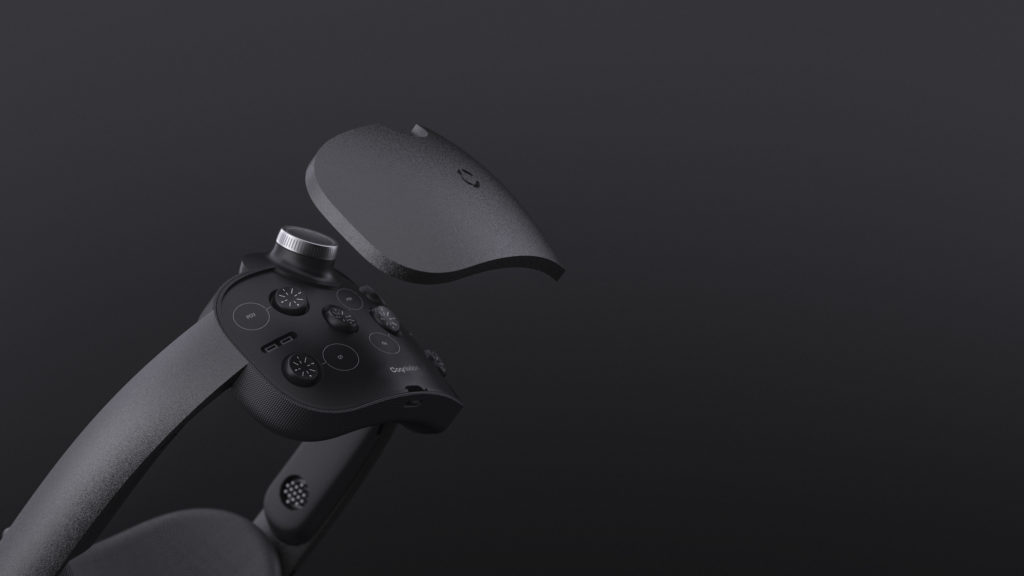If a Picture is Worth a Thousand Words, What About a Render?
In the world of product development where different design languages are spoken and different disciplines must be integrated to build a cohesive product, the tools and resources a design team uses are critical. But as much as these tools change and advance, it’s not their technical capabilities that matter; it’s about how product designers are able to use them. In fact, many of these tools serve far beyond their initial intention to aid in the product’s final development.
3D visual design is no exception. The perfect example of a tool that has become integral to the modern product design process, 3D visual design and digital rendering can dramatically change how a product design team works together to bring a product to life. We sat down with some of STEL’s Visual and Industrial Designers to dive a little deeper into the power of 3D visual design in product development, and what it means to us in our studio.
Defining 3D Visual Design
3D visual design, or digital rendering, is the practice of digitally creating or recreating an object to represent reality. Every modern cell-phone commercial, laptop ad, and fitness watch display that features close up shots of it’s most impressive design details have (almost) definitely been a digital recreation of the product.
“3D visual design is taking a product’s digital ‘blueprint’ and transforming it into a realistic vision of the final, on-the-shelf product. We are the photographers of product design, the digital photographer. We create the lighting, we set up the backdrop, we choose the angles, all so we can get the shots we need and make the product look as good as it possibly can.”
-Alex Short, 3D Visual Design Lead
Visual designers, both at STEL and in the field, have only become more and more skilled in digital “photography,” pushing the limits far beyond what traditional photographs could do for a product and its marketing. However, to say that 3D visual design is simply the recreation of a product is selling it a bit short. As Ryan Thomas, STEL’s Senior Industrial Designer, explains:
“Renderings are like analogies, they make things that don’t seem attainable feel familiar.”
This is where the real narrative with visual design begins. Beyond the 1s and 0s, the technical training, and the ever-evolving softwares, visual design is creating a new relationship between the manufacturers, designers, visionaries, and customers. Over the last six years, 3D visual design at STEL has become the glue that integrates all phases and teams in the product development process together by creating a universal means of communication. It’s quickly changing the way we look at, and talk about, product.

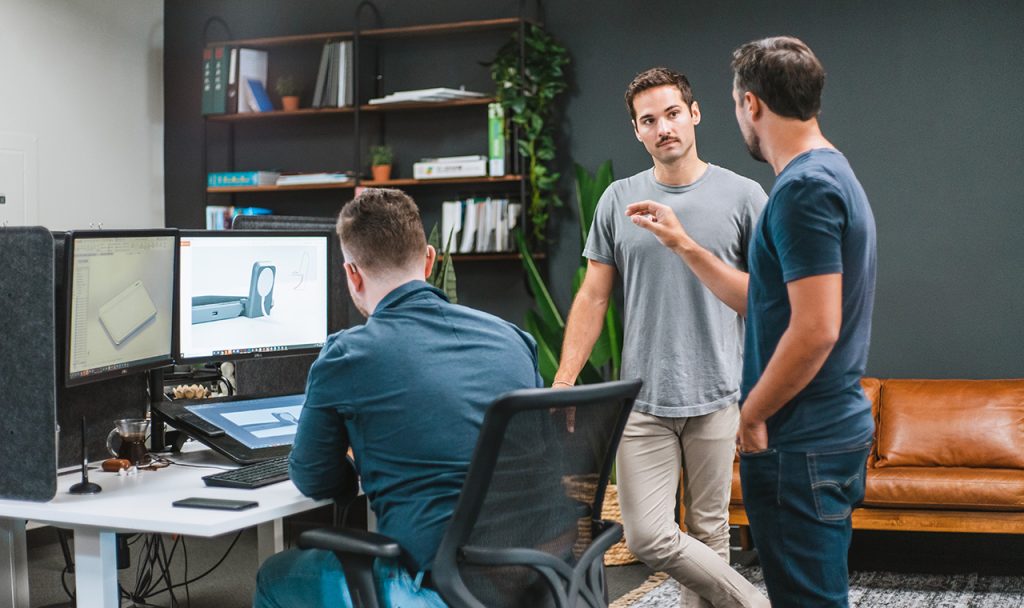
Realer Than Real
Visual design enables control. In the old days of designing, manufacturing, and marketing, the only option was to build the physical product and either take photos of it or recreate it as an illustration. With 3D visual design, we’re creating something that’s combining the needs of both representation and realism, in a completely custom and controllable way.
It’s easy to confuse this digital product recreation as deception; designing every detail of a product to be absolutely perfect to entice the consumer. Instead, think of it this way—is a fictional novel deception? The details of a story or series of events may be creatively drawn up in the author’s mind, but the feelings and circumstances that they create are meant to feel very real, perhaps more real than in a work of nonfiction. Because the story isn’t sharing a true turn of events, the author has to work even harder to create a story that the reader will buy into. Ryan explains it this way:
“It’s about capturing emotion and catering to the emotion of the target audience, putting them in a place of being able to imagine themselves in the environment that a visual designer has created. It makes people want to reach through the screen and touch something because it looks so real. It can almost trigger a more deep emotional response than a photo when you can curate the most perfect, intended environment a consumer could imagine.”
-Ryan Thomas, Senior Industrial Designer
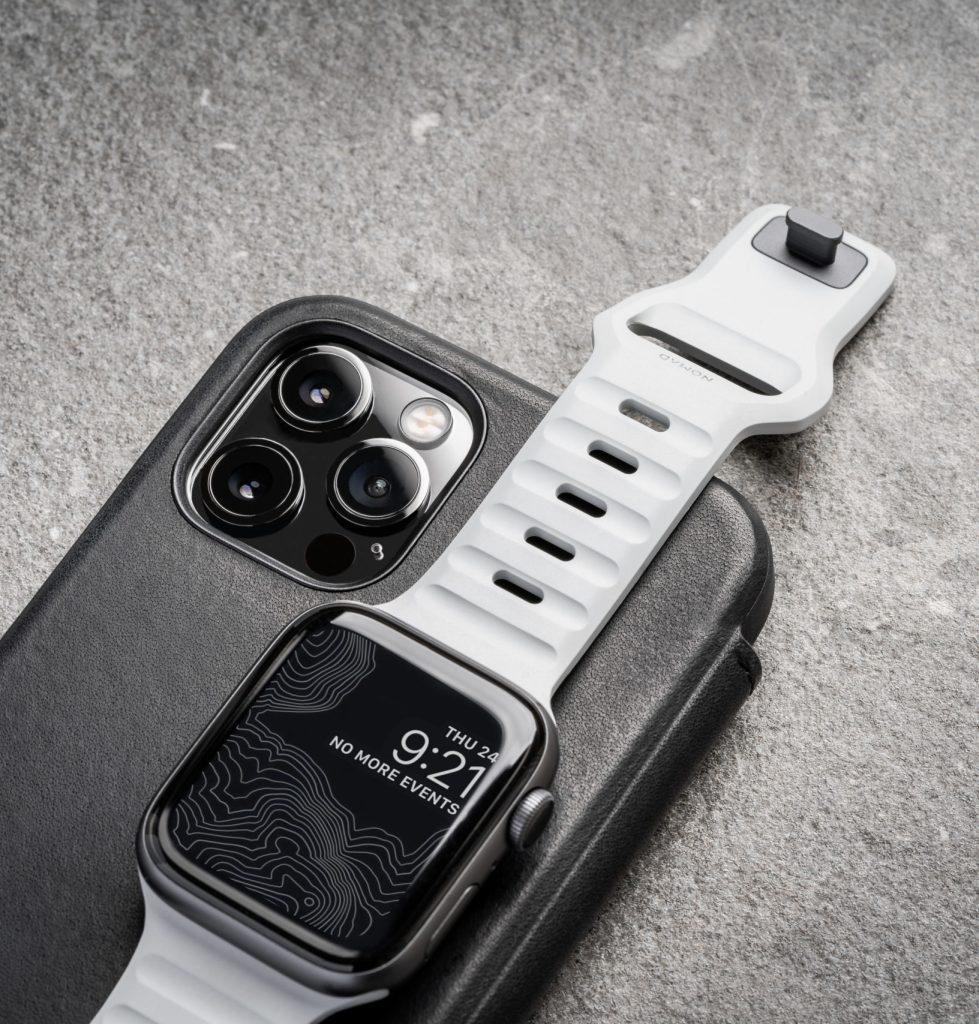
And that’s the key, creating an enhanced reality, even more real than if we used a photo. If someone sees a photo of a person holding and enjoying a product, then they’re seeing the experience through that person’s eyes. With digital rendering, we have the ability to put a product into someone’s mind, to draw them in the experience and create a visceral reaction that is custom to them.
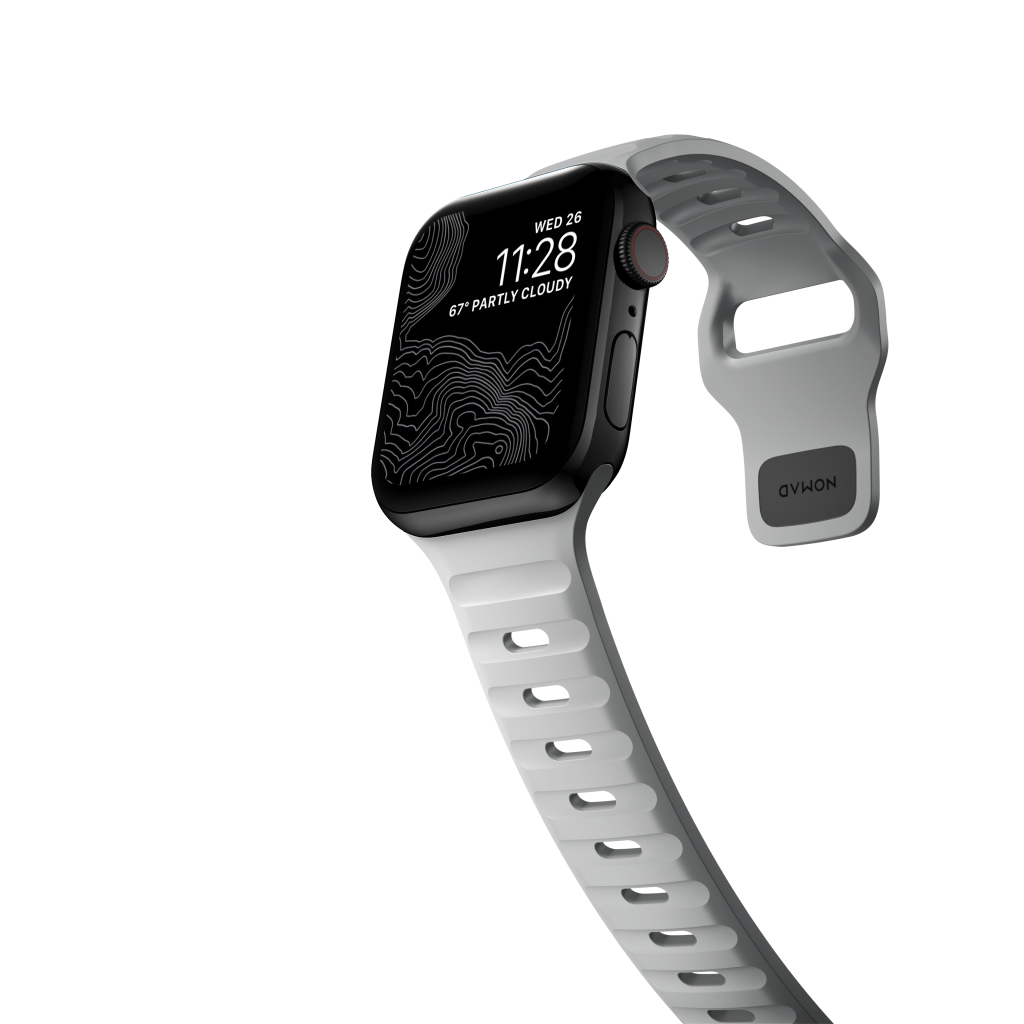
“Context is huge. If you have a product out of context, it’s hard to see how it would fit into your life. Having it in an accurate environment shows how the consumer can, and would to, use it. Making the imperfect, perfect.”
-Kaleb Wika, 3D Visual Designer
From a logistical standpoint, we can achieve a look and feel that’s not possible with photography, at least not attainably. With a rendering, we can get lighting from an infinite number of unique angles, get micro-level close-ups, and switch between views with a snap—all without ever picking up a camera or stepping foot into a studio. Digital rendering isn’t just about creating a picture perfect representation of a physical object, but what that representation can communicate to a consumer and the emotions that can evoke.
A Common Language
3D visual design evidently plays a huge role in the product consumer experience, but digital rendering is equally important for design teams and their clients when manufacturing something from scratch. At STEL, we work with innovators from the very beginning of the process, when their ideas are just a few notes jotted down on paper, and nothing’s more important than being on the same page.
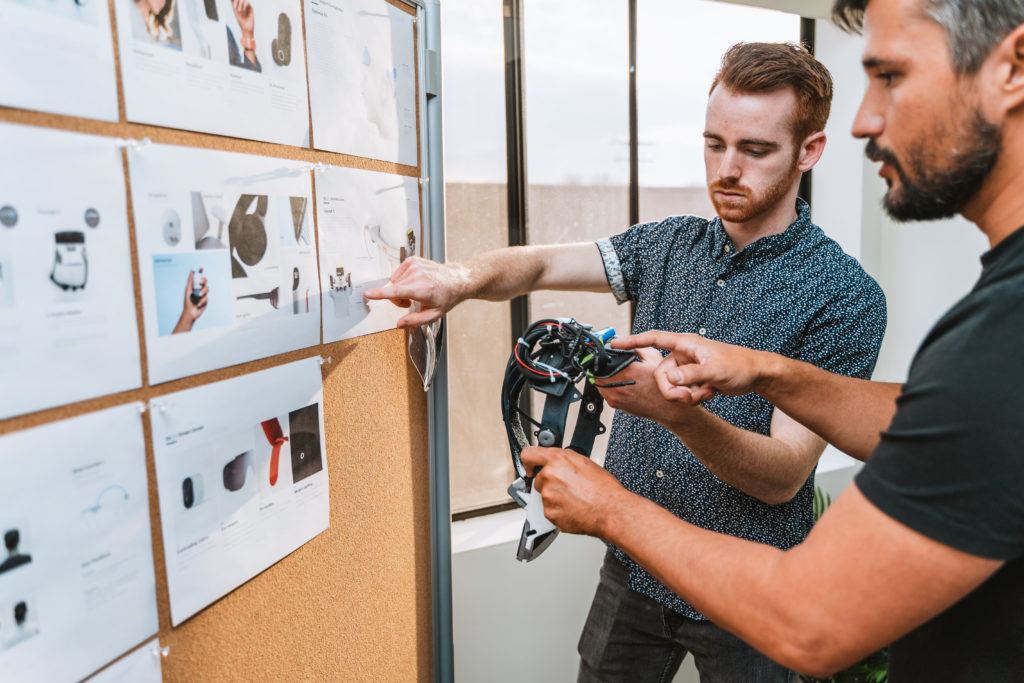
Engineers, designers, marketers, clients, and consumers all have different motives and means of communicating those motives in product design, which all need to be equally understood and considered. Particularly when we enter the iterative phase of design where decisions made are paramount and each group’s goals feel the most disjointed, nothing achieves consistent and powerful communication quite like digital rendering.
At STEL, 3D Visual Design is the common language spoken between every step of the design process, as Ryan points out.
“Engineers, designers, clients, consumers, and marketers can all understand visual design and use it to communicate what they need. Rendering is the culmination of a multitude of different voices and perspectives to see the combined future efforts in the present. Everything that we are all working on in parallel can be seen this way.”
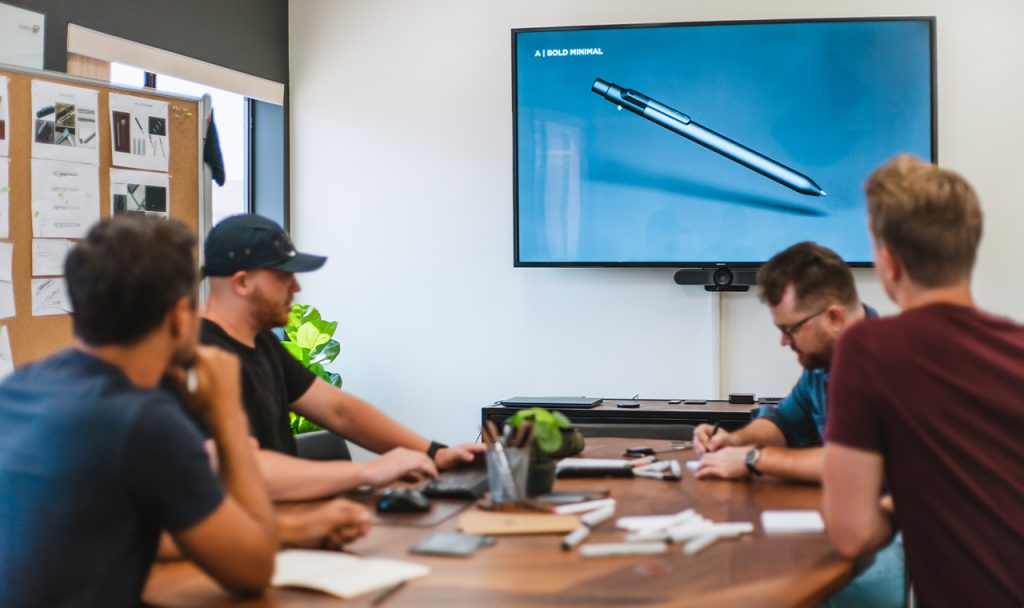
There’s no hiding behind a digital rendering; everyone’s needs and means of meeting those needs are out in the open. Engineers can visualize the mechanics of a product and how manufacturable those facets will be. Industrial designers can grasp the aesthetic of the product and ensure that both functionality and beauty won’t compromise one another. Marketers can pinpoint what elements of the product are most likely to attract consumer. And clients can really start to see what started as an idea in their head come to life. It allows us to not only refine design concepts before moving into production, but it also gives a 100-percent accurate representation for every creative in the process.
At STEL, digital rendering is our standard means of communication at every step of the product design process. From start to finish, this communication is consistent, and every player in the game can understand the language.
Creating Life, Digitally
While precise product details and accurate technical specifications are critical to a strong render, we strive to create images that go beyond the hyper-real result, something that actualizes the essence of the product and the impact it could have on the consumer. So much of that essence is enabled by the flexibility and adaptability of 3D rendering, something that traditional photography lacks, but is critical in bringing a product concept to life.
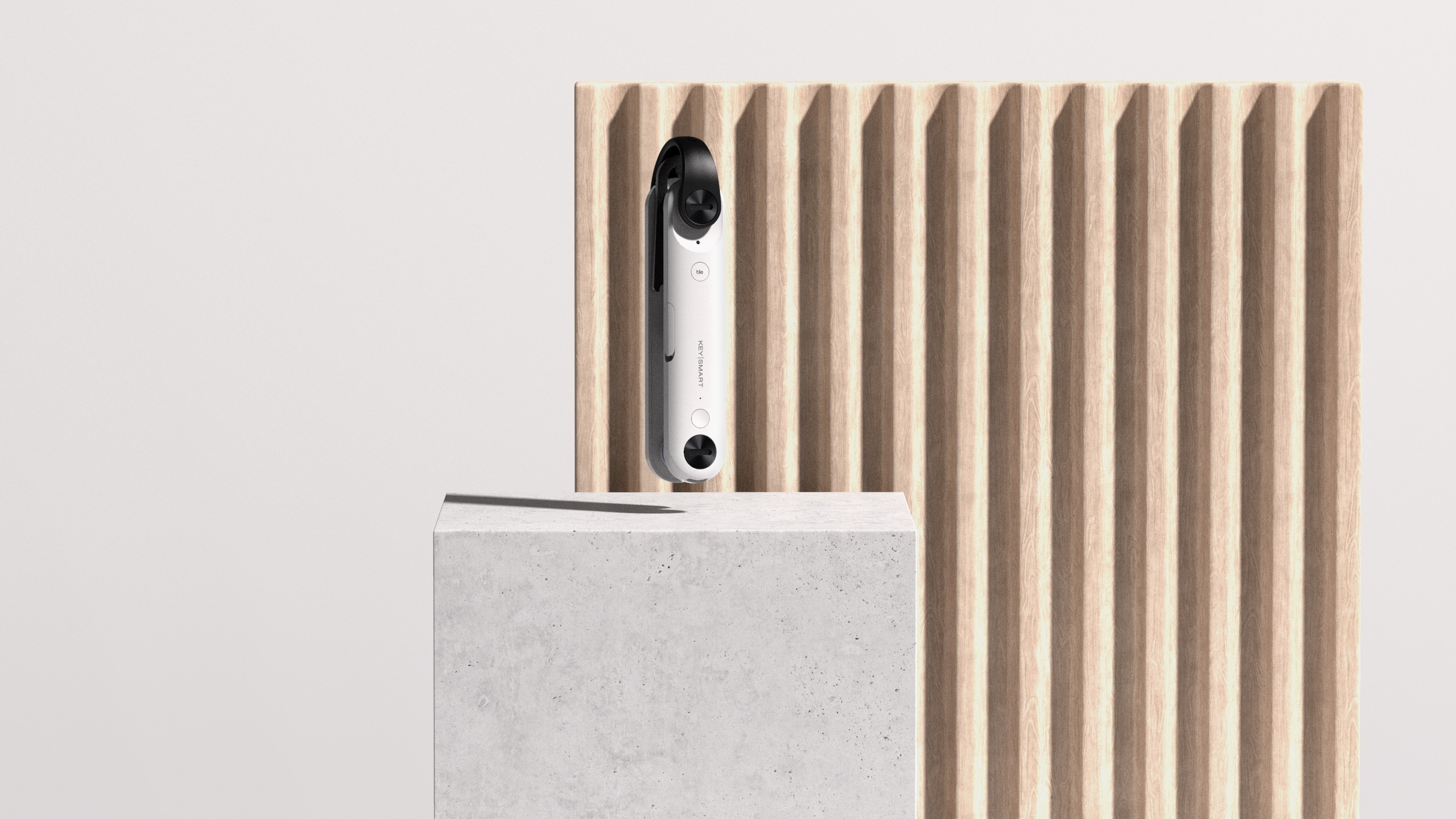
“Digital rendering’s most prominent benefit is the freedom to create infinite versions of something with no time wasted or cost added. You’re able to customize your image so much more. In photography, you can only use one light at a time, one environment shot at a time. With rendering, you can place the light everywhere and change the environment seamlessly to make the product look as best as it can be, all within a matter of minutes. That would take hours or days with photography.”
-Alex Short, Lead 3D Visual Designer
To enliven these products through digitalization, we develop close-knit relationships with our clients and their products from the very start. The intimate knowledge of the product, the client, the consumer, and the impact they all have on one another is integral at every level of the design process. That familiarity can’t be understood or rendered by someone outside of the project, which is why we don’t outsource our 3D visual design to other firms.
“That’s the coolest part of our visual design, it’s in-house. We know what features are important to highlight and what voice the product needs to have to meet the needs of the client. If we hand it off to another firm, they won’t pay the same attention to the details of the product design itself because they didn’t spend time on them, they just want to render something that looks good. We have an added level of detail because we’ve been invested in the entire process.”
-Ramsey Carter, Industrial Designer
Every product and every client is different, but the power of the digital rendering process will always remain the same. We’re taking the client’s needs, the product’s highlights, and our expertise into account and creating something that can stand above photography, and will truly portray the product and its impact. We strive to give ideas more than just a digital identity, we want to give the product a personality.
Interested in learning more about visual design in our product design process? Check out what else we do to bring impactful concepts to life, or get started on your own.


